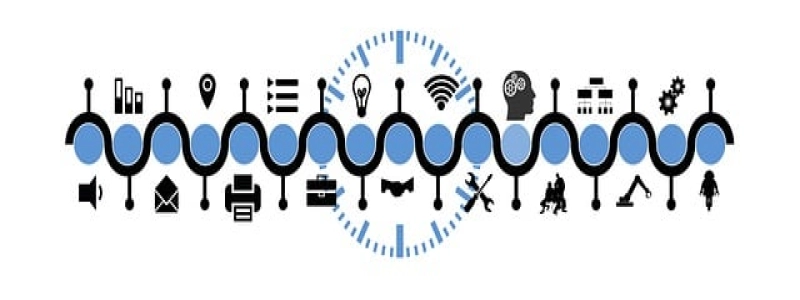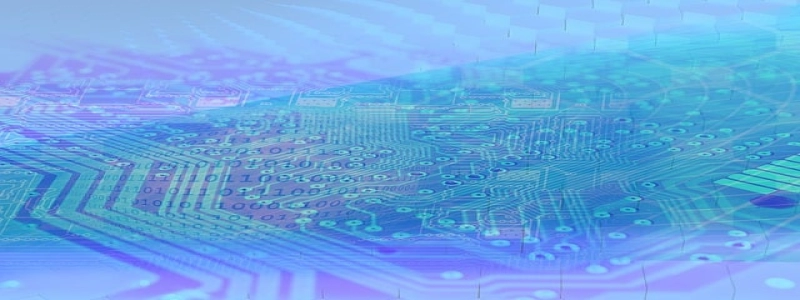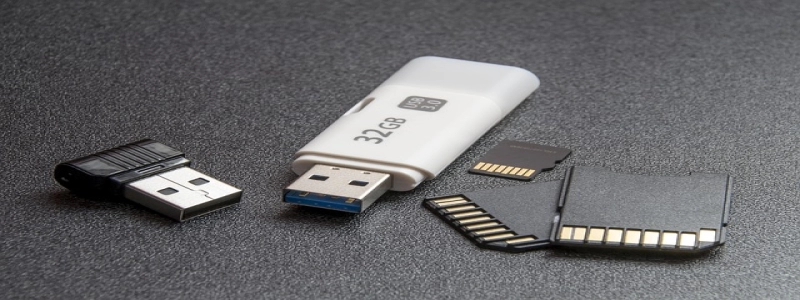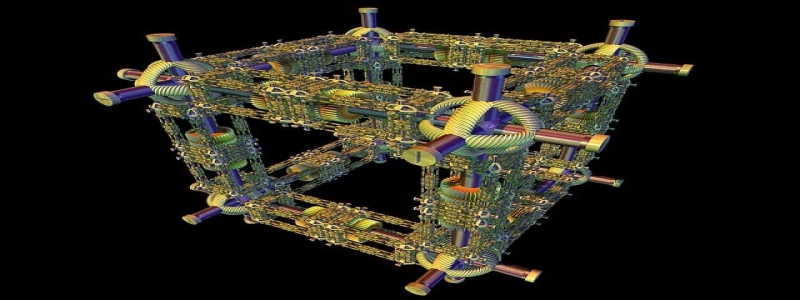10G Transceiver
Introduction:
In the world of networking, speed is the name of the game. With the ever-increasing demand for high-speed data transmission, 10-gigabit (10G) transceivers have become an integral component of networking systems. In this article, we will delve into the details of 10G transceivers, their features, and their applications.
I. What is a 10G Transceiver?
A 10G transceiver is a device used in networking systems to transmit and receive data at a speed of 10 gigabits per second. It is essential for high-performance networks that require fast and reliable data transfer.
II. Features of 10G Transceivers:
1. Small Form-factor: 10G transceivers are designed with a small form-factor, making them suitable for use in various networking devices, such as switches, routers, and servers.
2. Multiple Interfaces: These transceivers support various interfaces, including SFP+, XFP, and QSFP+, enabling them to be compatible with different networking equipment.
3. Long Reach: 10G transceivers can transmit data over long distances, ranging from a few meters to several kilometers, depending on the type of transceiver used.
4. High-speed Data Transfer: As the name suggests, 10G transceivers can transmit data at a rate of 10 gigabits per second, ensuring fast and efficient data transfer between devices.
5. Hot-swappable: One of the significant advantages of 10G transceivers is that they are hot-swappable, meaning they can be replaced or removed without affecting the operation of the networking system.
III. Types of 10G Transceivers:
1. SFP+ Transceivers: SFP+ (Small Form-factor Pluggable Plus) transceivers are the most common type of 10G transceivers. They are widely used in various networking applications and support data rates of up to 10 Gbps.
2. XFP Transceivers: XFP (10-Gigabit Small Form-factor Pluggable) transceivers are larger than SFP+ transceivers and are typically used for longer reach applications, supporting data rates of up to 10 Gbps.
3. QSFP+ Transceivers: QSFP+ (Quad Small Form-factor Pluggable Plus) transceivers are designed for higher data rates, supporting up to 40 Gbps. They are used in data centers for high-density networking.
IV. Applications of 10G Transceivers:
1. Data Centers: 10G transceivers are widely used in data centers to ensure high-speed and reliable data transmission between servers, switches, and storage devices.
2. Telecommunication Networks: These transceivers play a crucial role in telecommunication networks, enabling fast and efficient communication between various network elements.
3. Enterprise Networks: 10G transceivers are also utilized in enterprise networks, connecting switches, routers, and other networking equipment to facilitate smooth data transfer within the organization.
Conclusion:
In conclusion, 10G transceivers are essential components in modern networking systems, enabling high-speed data transmission over long distances. With their small form-factor, multiple interfaces, and hot-swappable nature, they offer flexibility and efficiency in various networking applications, from data centers to telecommunication networks. As technology continues to advance, the demand for faster data transmission will increase, making 10G transceivers even more vital in the future of networking.








